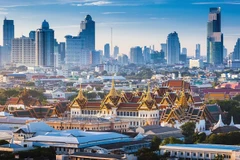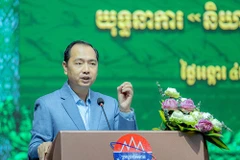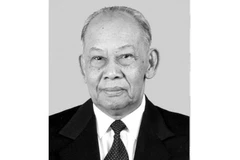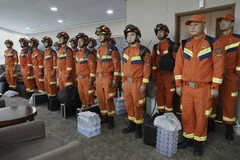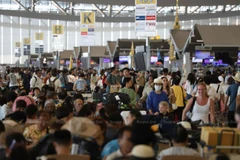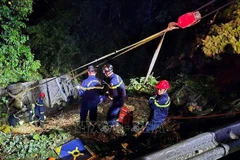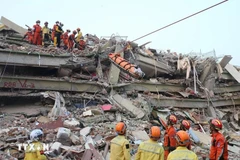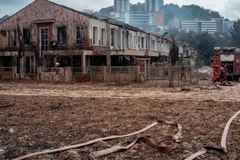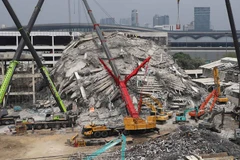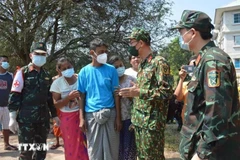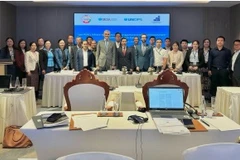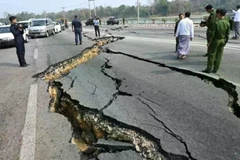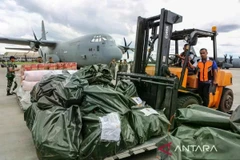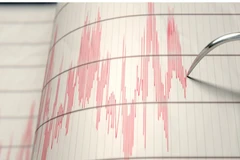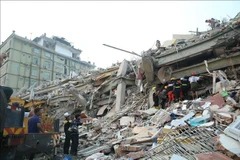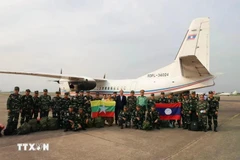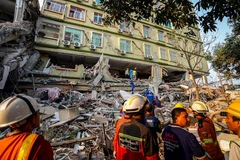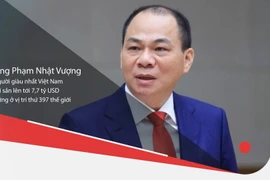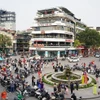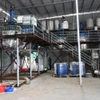The event is to implement the Vietnamese Prime Minister’s initiative adopted at the ninth ASEM Summit in Laos 12 months ago.
Openingthe meeting, Deputy Prime Minister and Foreign Minister Pham Binh Minhnoted that entering the 21st century, natural calamities have turned outto be much more extreme, with an exceptional increase in frequency,scale and impact.
2013 is likely to be among the 10 warmestyears since global records began in 1850. Global warming is causingchanges in biological systems, thus leading to abnormal catastrophes, hesaid citing the recent Provisional Statement on Status of Climate in2013 of the World Meteorological Organisation.
Asia and Europeare the two continents most often hit by natural disasters. TheAsia-Pacific region alone has recorded almost 70 percent of the world’sdisasters and nearly two thirds of the victims are in Asia, he added.
“Suchcatastrophes will continue to be one of the most challengingnon-traditional security threats in this century,” he emphasised.
“Theywill continue hindering our efforts to improve the quality of life ofour people, to accelerate economic recovery, to promote sustainabledevelopment and to strengthen international economic integration.”
Asan indispensable inter-regional forum with 51 partners from Asia andEurope, and with vast economic and technology potential, ASEM has thecapacity and responsibility to contribute to international efforts inresponding to natural disasters, he affirmed.
The Deputy PMproposed the meeting focus on best practices and lessons learnt inresponse to natural disasters, while putting forward the most practicalmeasures to promote ASEM cooperation in disaster risk reduction,management and mitigation.
He asked to discuss and set up anetwork of research institutes and early warning systems among ASEMpartners, between Asia and Europe, and with those of regional andinternational organisations.
“Now it is imperative for ASEMpartners to work together with the international community for bolderaction in implementing the ‘Hyogo Framework for Action’ endorsed by theUnited Nations,” he stressed.
The meeting held a minute’s silenceto commemorate the victims of super typhoon Haiyan that recently sweptthrough the Philippines, Vietnam and China.
During the two-daymeeting, 120 delegates will discuss disaster risk reduction andmitigation, a development agenda beyond 2015, and research, policies andpractices in building recovery capacity and strengthening Asia-Europecooperation in response to natural disasters.
In addition to theASEM workshop on water resources and river basin management in Can Thoin March, the meetings are two major activities of the cooperationmechanism hosted by Vietnam this year.
The meeting is also among18 initiatives proposed by Vietnam at ASEM, contributing to theAsia-Europe cooperation process as well as demonstrating the country’srole and responsibility in the international community.-VNA

